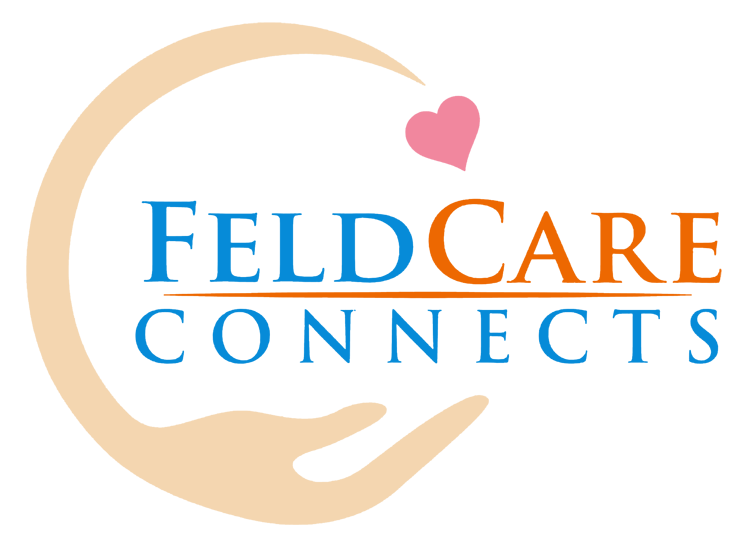Happy AAC Awareness Month! You may have heard the acronym “AAC” at some point, or you may be an expert in AAC use. Either way, we wanted to celebrate this month by providing some information about AAC and why it’s been such a boon to speech therapists and those struggling with speech.
What is AAC?
Augmentative and Alternative Communication (AAC) means any communication that supplements oral speech. By reading this article, you are enjoying a form of AAC! However, the term is most commonly used to delineate back-and-forth communication using something other than oral speech.
AAC can be high-tech or low-tech. Many people incorporate AAC into our daily communication through gestures and facial expressions. Others might need more support and utilize anything from a pen and paper to an iPad app or sign language. You may have seen AAC used in a film where a person with paralysis indicates what they want to say by gesturing to letters on a board. You may have seen lectures with Stephen Hawking, during which he used a cheek switch to activate a device that spoke orally for him. These are both examples of AAC.
As you can imagine, AAC has provided those who cannot orally communicate, either temporarily or permanently, with an excellent resource through which they can share their thoughts and ideas. Ultimately, AAC is a boon to speech therapists everywhere who wish to help their patients communicate and advocate for themselves in any number of circumstances.
Augmentative and Alternative Communication Devices and Speech Therapy
One concern that often comes up about AAC is that access to a communication device will discourage a patient from using their voice for oral speech. What we have heard from speech-language pathologists and from the American Speech-Language-Hearing Association is that AAC has the opposite effect. By giving a voice to those without a voice (however temporary the speech difficulty may be), the SLP is providing the patient with a form of communication. This does not inhibit the patient’s desire to communicate orally. In many cases, having a communication device the patient can use provides them with context and practice in hearing and attempting to say the sounds their device makes for them.
Additionally, a patient’s ability to advocate for themselves through a device often makes them more motivated to improve their ability to communicate. This may mean they improve their reading and writing ability, or that they strive to speak more clearly, or they may learn a wider range of sign language words and phrases. When they use AAC, they can see that communication is available to them, and they continue to want to learn and expand that ability to communicate.
FeldCare Connects is a referral network that connects Speech-Language Pathologists, Physical Therapists, and Occupational Therapists with Home Health Agencies so that those agencies can better serve their patients. We are not experts in speech therapy or AAC. However, we celebrate the strides that speech therapy has taken to assist those who wish to communicate. We also applaud the many amazing SLPs who help their patients using AAC and science-based techniques to improve patient outcomes.
Click here to find out how the FeldCare Connects network works.


